Replacing your crystal is always an option, but it is certainly not the only way of getting rid of whatever blemish is now on your acrylic crystal. Before you make a trip to your local watchmaker or repair shop, there is something that you can do from the comfort of your home, and it has a pretty good chance of completely remedying whatever scratch or scuff you have on your watch crystal – all for less than the price of ordering a beer at your local bar.
There is a common misconception that modern sapphire crystals are “better” than their vintage acrylic counterparts. Just like anything in life, rarely is one thing flat-out “better” than another because “better” is a designation that is both subjective and circumstantial. Instead, both sapphire and acrylic crystals have their own respective lists of strengths and drawbacks, and the “better” option can largely depend on both your personal preferences and how you plan on wearing your watch.
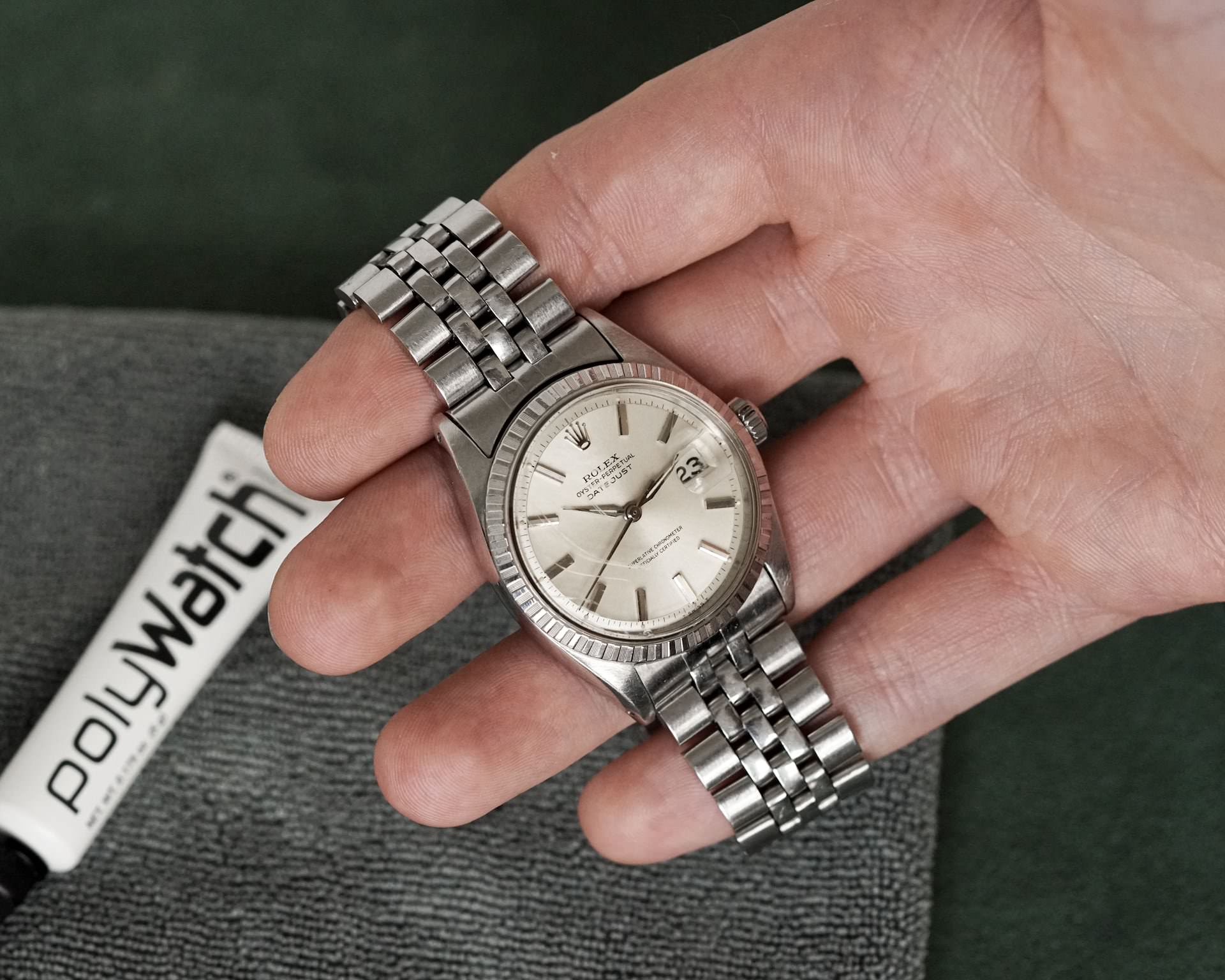
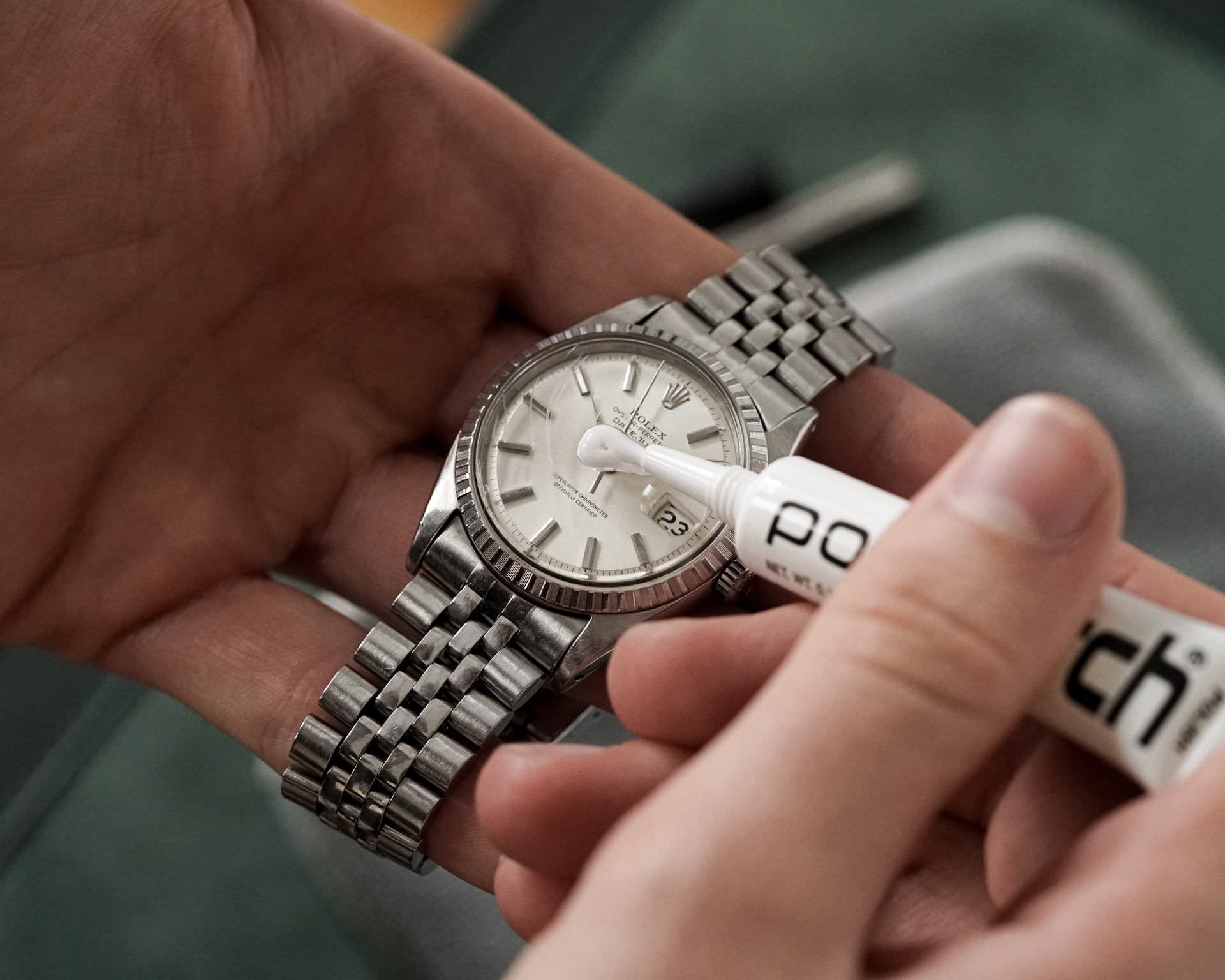
There are a fair number of collectors today who shy away from acrylic crystals due to how easily they can be scratched, but this inherent softness of the material itself should not be confused with a lack of durability. Acrylic (polymethyl methacrylate) is a transparent thermoplastic that offers an inherent amount of flexibility, making acrylic watch crystals less prone to shattering than those made from either mineral glass or sapphire.
Synthetic sapphire is often considered to be the more durable option and while sapphire crystals are significantly harder, they can still be scratched and they can also chip and shatter if they receive a strong enough impact. Additionally, when they do manage to get scratched, they are both exponentially more expensive to replace and more difficult to repair – and herein lies possibly the greatest advantage of acrylic watch crystals.
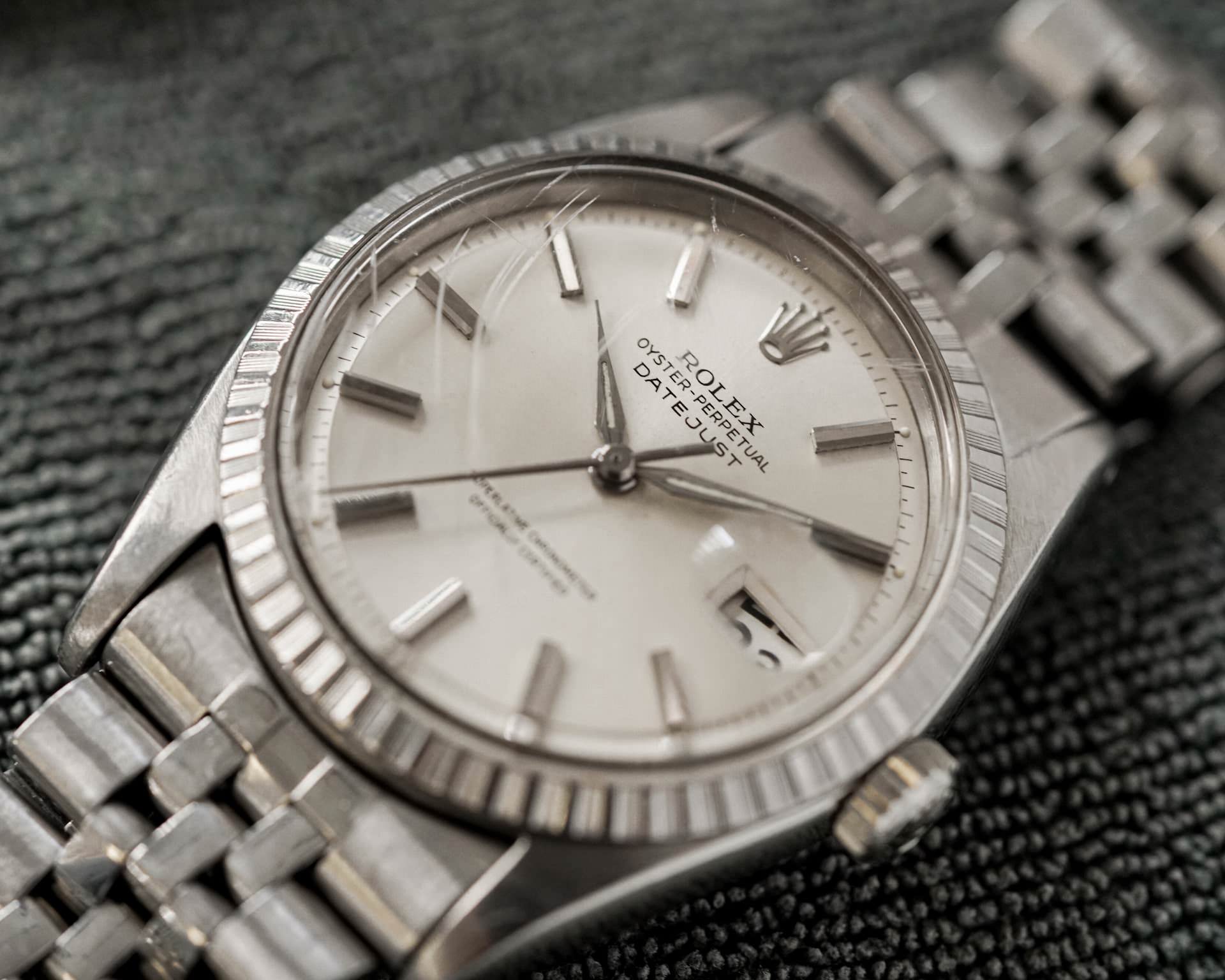
Unless you put a really deep scratch into your acrylic crystal, there is a fairly good chance that you can remedy any superficial surface damage with a soft cloth, a tube of PolyWatch, and a few minutes of your time. PolyWatch is a plastic polishing compound that temporarily softens the surface of the crystal and fills in any areas of damage, while simultaneously polishing away any scratches, scuffs, and imperfections.
A tube of PolyWatch costs about $5 to $10 and it can be purchased from countless online vendors (yes, even through us) . While there are versions of Polywatch that feature diamond paste and were designed to repair scratches on mineral glass and even sapphire, I can tell you from my personal experience that these don’t work nearly as well as the brand’s traditional plastic polishing compound. I spent over an hour attempting to remove a few scratches from a mineral crystal, and I can only imagine that these results would have been even more lackluster if I had tried it on sapphire.
However, the classic version of PolyWatch intended for plastic crystals (the one that comes in the small black and white tube) provides noticeable results in just a few minutes, and I consider it to be an absolute must-have for any watch collector who owns a timepiece with an acrylic crystal, let alone a collection of multiple vintage watches. The cost of buying a tube of PolyWatch is relatively insignificant and even if you only use it once, that single tube will have already paid for itself several times over. Plus it will have also saved you the headache of having to send in your watch or drive to your nearest repair center.
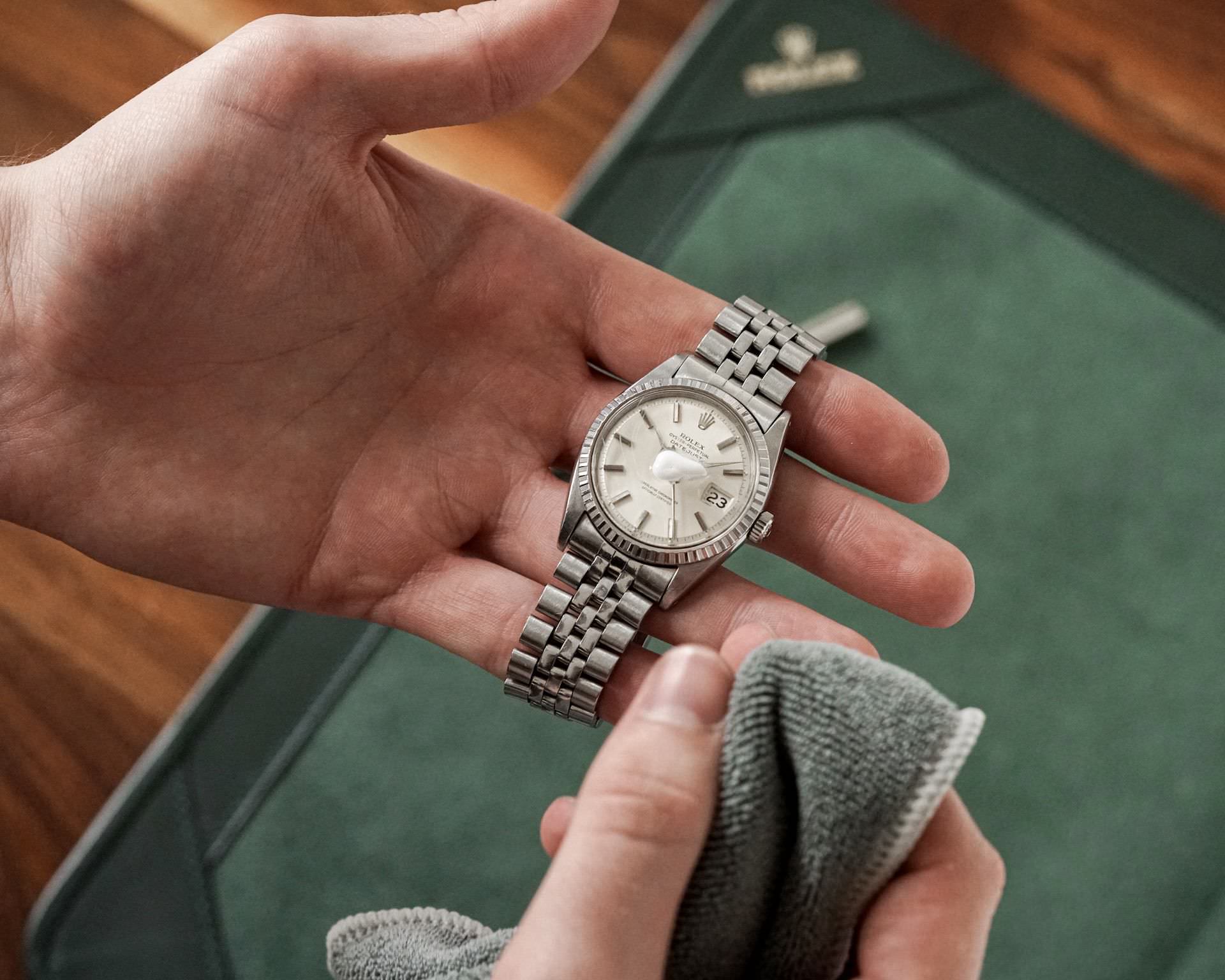
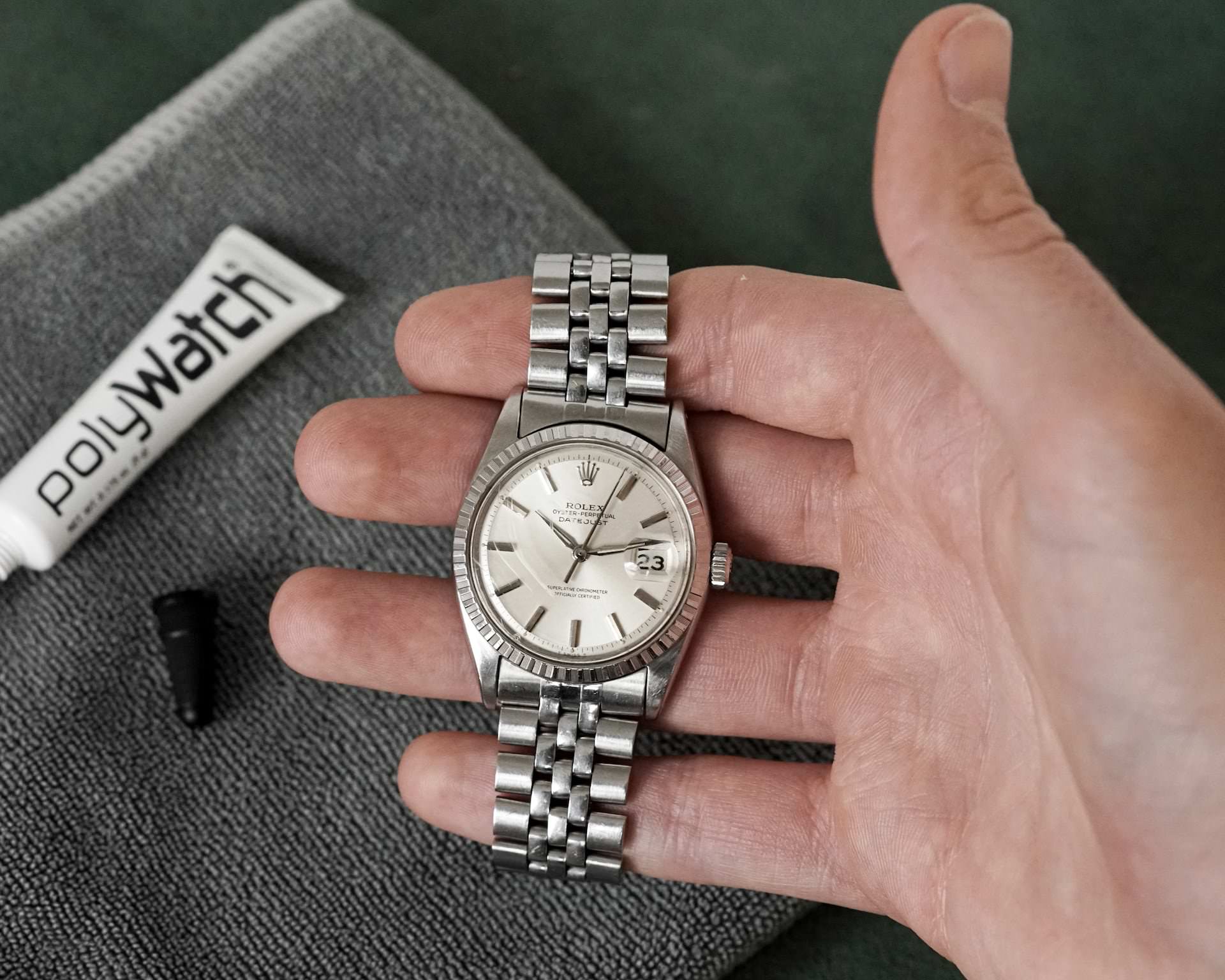
So, how exactly do you remove scratches and scuffs with PolyWatch? Unlike other forms of polishing that require expensive equipment and even the use of specialized ventilation setups, all you need to fix your scratched acrylic crystal is a tube of PolyWatch and a soft cotton cloth. As the polishing compound contains a slight abrasive, it is recommended to use some degree of caution so that you don’t accidentally damage the adjacent components on your watch. This is especially important if you have a bezel that is either gold plated or fitted with an anodized aluminum insert.
You can use tape to mask off the bezel, but you may find this to be entirely unnecessary. The key here is just to ensure that you don’t accidently damage the finish on your bezel while trying to remove a scratch from your crystal. Although you would have to seriously mess up in order to do any significant amount of damage your bezel with PolyWatch, the cost of a replacement bezel is typically a minimum of several times more than what you would pay for a new acrylic crystal, so using a little bit of caution up front can save you a whole lot of frustration and money down the line should something actually go wrong.
To remove scratches from your acrylic crystal, simply put a small amount of PolyWatch on the surface of it (start with a dab about the diameter of a pea) and then apply even pressure while rubbing it with a clean, soft cloth in small circular motions for about 2 to 3 minutes. The use of a cloth that is both clean and soft is crucial here, since a rough material or a dirty cloth with debris stuck to it may actually run the risk of putting additional scratches on your crystal and ultimately doing more harm than good.
Deeper scratches will naturally take longer to fully remove, and you can repeat this process as necessary to remedy more severe damage on your acrylic crystal. Additionally, it is important to note that not all scratches and scuffs can be entirely removed with PolyWatch, but they can be significantly improved – and this degree of improvement might be just enough to make any residual damage something that you don’t mind living with until the next time you send your watch in for routine servicing.
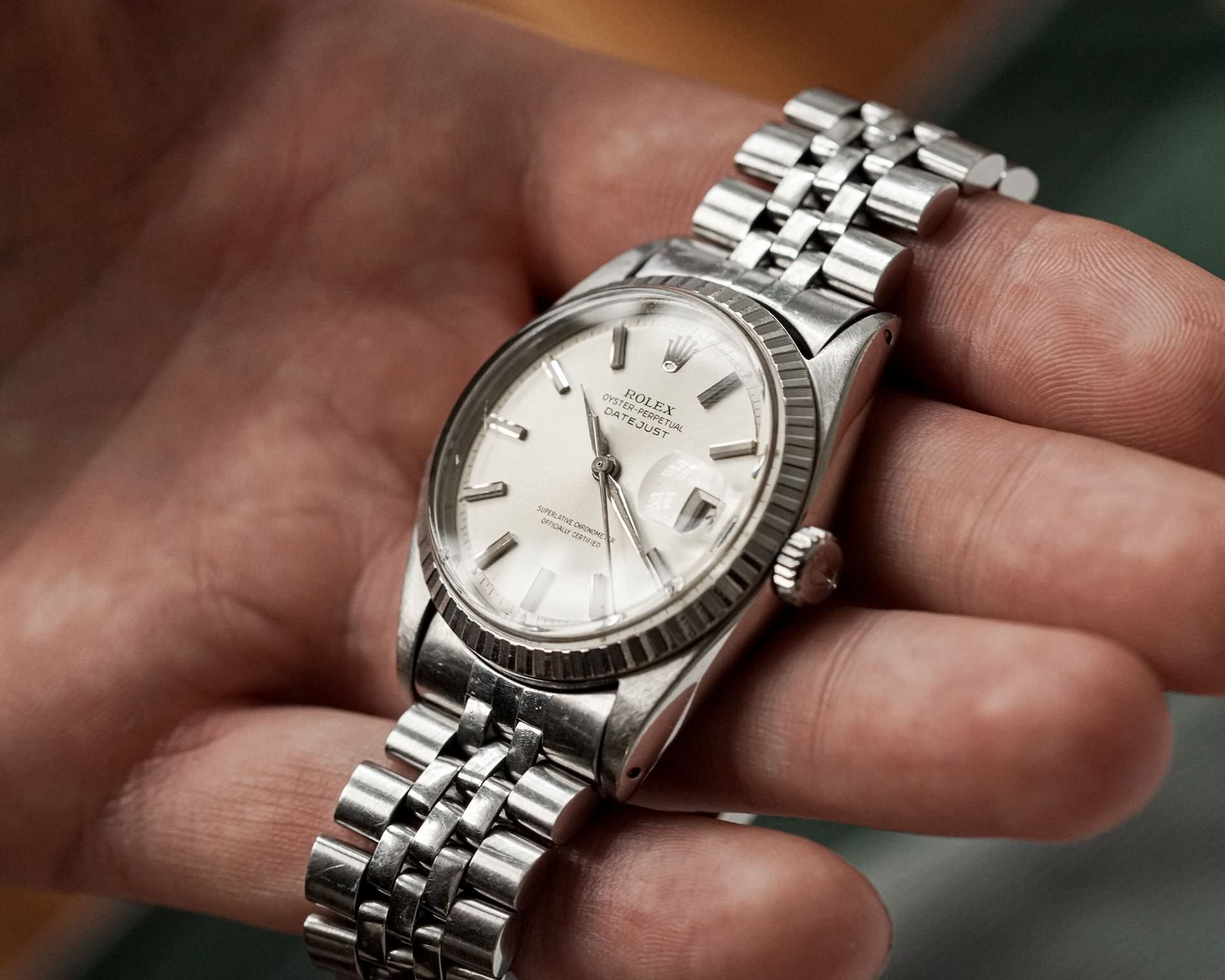
PolyWatch does have its limitations, but for a fraction of the price of even the least expensive crystal replacement, you can get yourself an entire tube of it, allowing you to perform this scratch removal process a minimum of several dozen times. Not only will this save you countless trips to your local watch repair shop, but it also offers you a quick and easy way to maintain the appearance of your vintage watch entirely at home and without the use of any specialized tools.
Acrylic crystals are far tougher than most people think and this type of plastic is still used in a variety of high-intensity applications where durability and shatter-resistance are of the utmost importance. All of the purpose-built tool watches from the golden era of mechanical timepieces were fitted with acrylic crystals and these are the watches that ventured to the bottom of the ocean, the surface of the moon, and everywhere in between.

Watches were once considered to be tools and items of necessity. As such, they were expected to acquire some scratches and scuffs while serving their intended purpose. Today, an increasing number of people collect watches rather than simply wearing them, and these superficial signs of use have made some people shy away from acrylic crystals in recent years. However, the ability to quickly remedy these scratches and scuffs is a factor that should not be overlooked. With a simple tube of PolyWatch, you can stop worrying about the scratches and start wearing your vintage watch the way that it was intended to be worn.

Check out 'Reference Tracks' our Spotify playlist. We’ll take you through what’s been spinning on the black circle at the C + T offices.

Never miss a watch. Get push notifications for new items and content as well as exclusive access to app only product launches.
Sign up for our newsletter to receive updates and exclusive offers